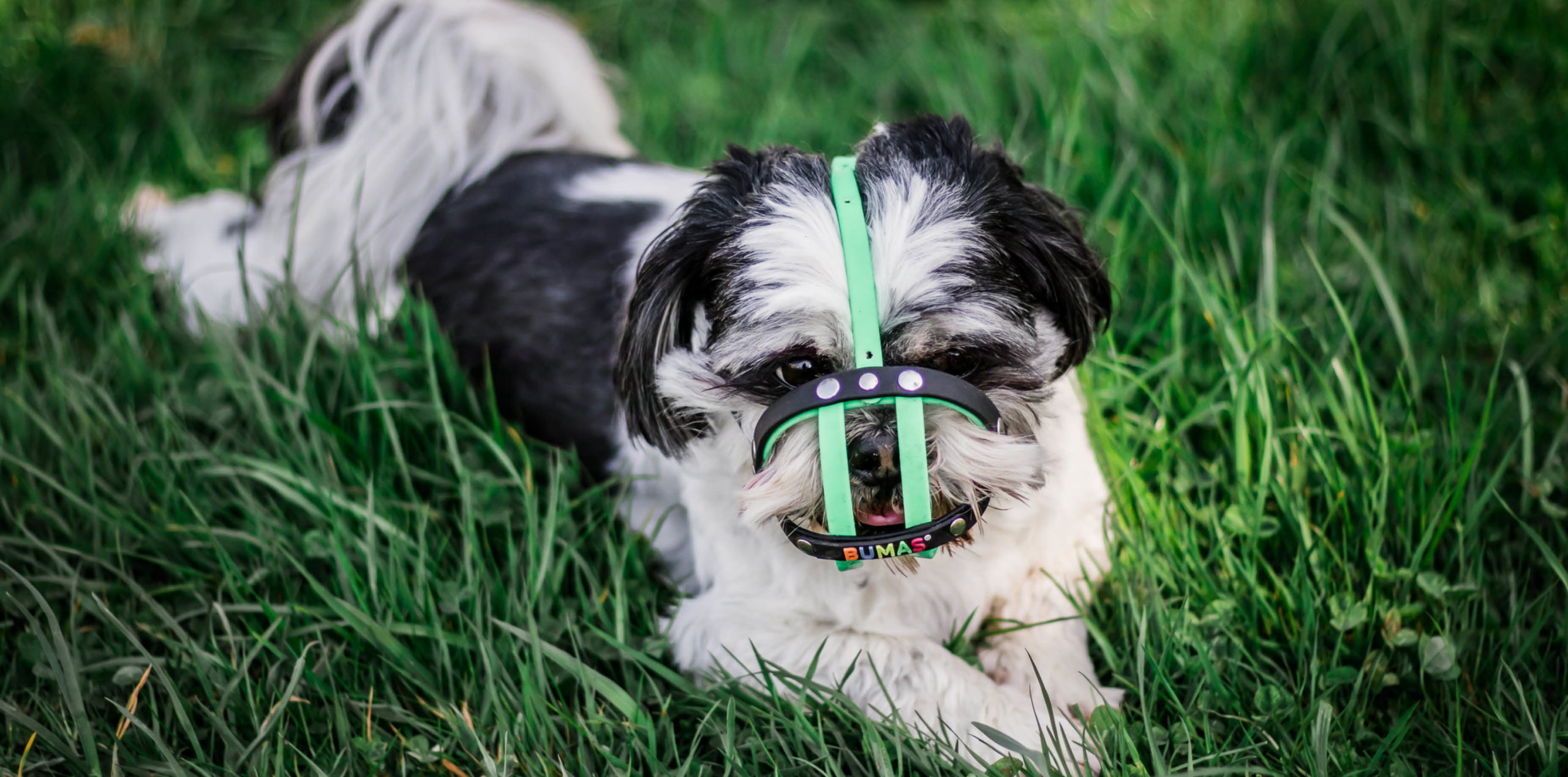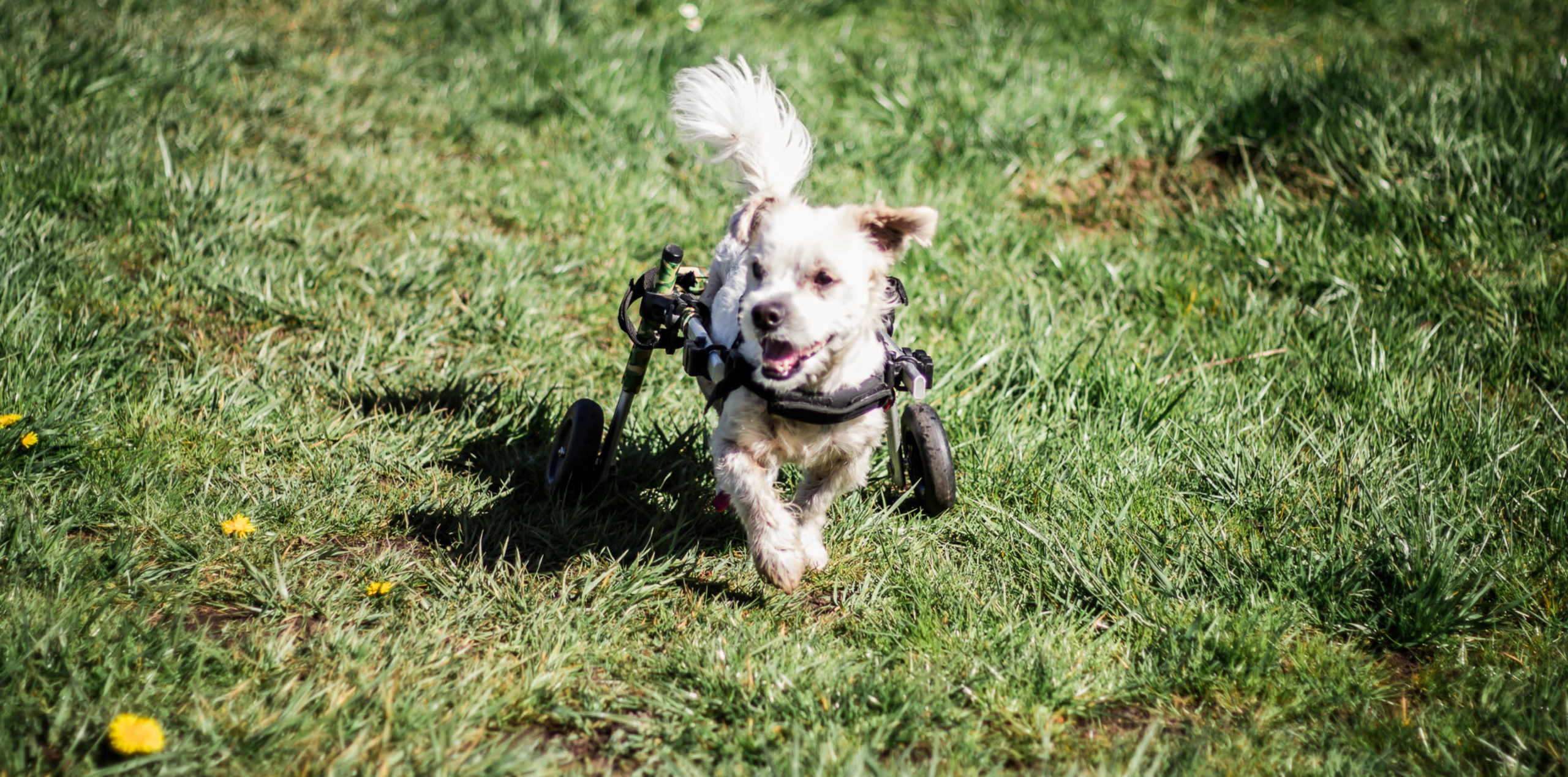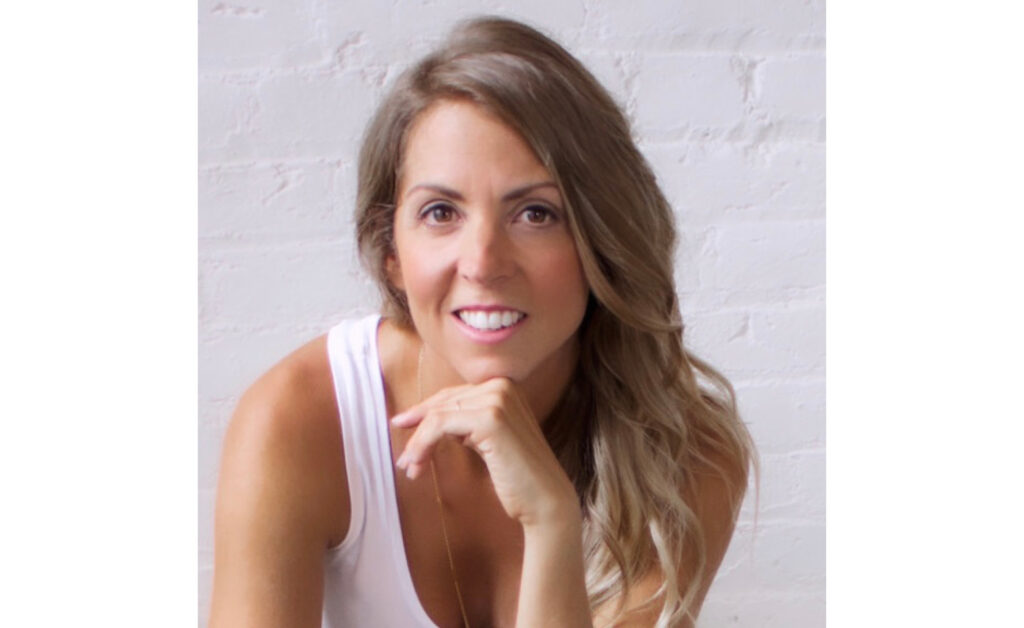by Jesse Holth | photos by Amanda Cribdon Photography –
Tovay Helgesen, owner of Love The Leash Dog Walking Service, used to work very long hours on the farm – especially during birthing season. When she looked for someone to walk her dog Chester, she realized there was a problem: she couldn’t find anybody willing to take him.
“He was a new rescue,” she explains, “and he had behavioural issues towards people and other dogs.” So when she moved on from farming, Tovay started to take courses in dog behaviour. “I wanted to focus primarily on one-on-one walks with dogs that had either behavioural or physical challenges – including blindness, heart failure, severe behavioural issues, eating disorders, chronic injuries, deafness and paraplegia.”
It was through these on-leash services that Tovay met Jane Hansen – she would walk Jane’s three dogs, and the two realized they were both looking for an increase in awareness in responsible dog ownership, as well as allowing dogs to socialize safely. Jane offered the family property for Tovay to initiate dog socialization groups. “She was absolutely awesome,” says Tovay.
The groups, which are based on temperament and what each individual dog needs, have grown from there. For dogs who would never be able to socialize in public, this is a huge accomplishment. “They can have friends now, and socialize with each other,” Tovay explains. She says it’s allowed her the control she needs when working with dogs who can be a bit unpredictable. “I’m a big proponent of leashes in public, and for having safe spaces for dogs to be on-leash.” Tovay says the name of her business is no coincidence. “I don’t like the idea that people see leashes as some form of punishment – it’s not! A leash is a tool to make sure everybody is safe.”
There’s another benefit to on-leash time with your dog: connection. “It’s the difference between taking your dog for a walk, and going for a walk with your dog,” says Tovay. She explains that engaging with them, and interacting with the world alongside them, can profoundly change the experience for both dog and owner. “It’s amazing to see their faces light up when you take an interest in what they’re doing, what they’re looking at.” Tovay wants to change the idea that we’re somehow “restricting” our dogs by having them on-leash. It’s for the safety and comfort of everyone, including other dogs. She says the phrase she least likes to hear is “my dog is friendly,” which usually means the owner has no recall skills. “It’s not safe for the dogs I’m walking,” she says, whether they’re in wheelchairs or dealing with chronic pain.
“I’m also a huge proponent of muzzles; I love muzzles!” Tovay explains that muzzles provide freedom, and can give life back to dogs who can’t socialize safely or who have severe allergies like anaphylaxis. In these cases, it can be a big problem when a dog eats something off the ground or is given treats by strangers. Muzzles can help, allowing the dog to socialize and build their confidence. For example, Tovay’s dog Chester has pica. “He tends to eat nonfood objects such as rocks or wood, so he wears a muzzle when I don’t know the area, and we can walk safely,” says Tovay. “Neither leashes nor muzzles are punishment – they allow everyone to enjoy the world safely!”
Tovay advocates for training methods that don’t use fear and punishment, especially for behaviour like growling. If you punish a growl, you’re discouraging the dog from communicating. “That’s how you get dogs that bite out of nowhere: because they’re not allowed to communicate through growling,” says Tovay. “I want to know when the dog is uncomfortable,” she explains, “so I would much rather have a snarl than silence.” Tovay says that any other behavioural issues can be worked on, as long as a dog knows how to communicate and tell you when they’re uncomfortable. Sometimes, communication can be tricky: for dogs with paraplegia, they have to use different methods. “Paraplegics don’t have tail motions, so they can’t communicate with the back half of their body. They use different body language because they’re limited in what they can say, so their playmates learn to read them differently.”
For all the dogs that Tovay works with, she begins by taking them for one-on-one walks to get to know them. “I usually have four or five groups in the field per week, and choose which group would be suitable,” she says. “If none of them are, I have a client named Gary who is incredible – he is a one-in-a-million dog with the best social skills I have ever seen. With his human’s permission, Gary helps me evaluate and prepare other dogs for group.” The groups are rather structured: they get to play, but also learn recall, have places for timeout, and take breaks when needed. “It all depends on who’s there and what sort of management they need. I always make sure the dogs are listening to each other.”
They learn how to be successful in their interactions, build up their confidence and socializing ability, and get better at communicating – and that makes for some happy dogs.






